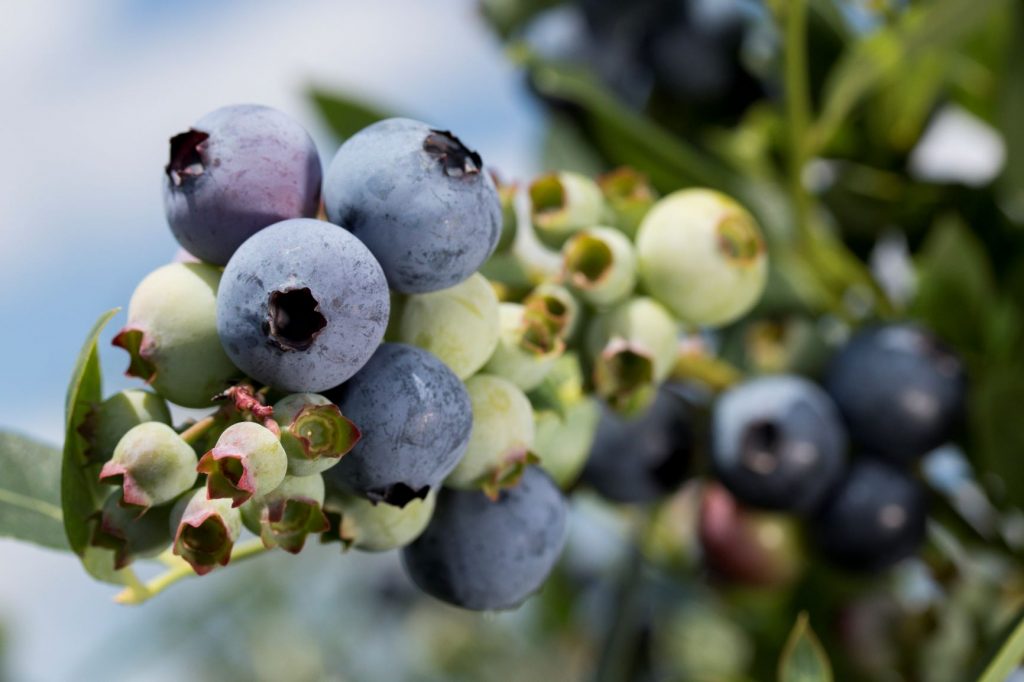By Clint Thompson
Fungicide resistance is a growing concern for Georgia blueberry farmers. Multiple fruit rot pathogens are rapidly developing fungicide resistance, according to Jonathan Oliver, University of Georgia (UGA) assistant professor and small fruits pathologist.

He discussed resistance at the Southeast Regional Fruit and Vegetable Conference.
“Fungicide resistance, we’ve now found a lot of our fruit rot pathogens have resistance to at least some of our fungicides that we’ve used in the past. These fungicides have formerly worked very well for us and are good products. But as they have been used over the years, individuals in the pathogen population are selected for have resistance to those fungicides,” Oliver said. “We definitely have some of those individuals now. Some of the Qol fungicides, Group 11 fungicides that have been widely used in agriculture for years now, we do have resistance in both our anthracnose ripe rot population as well as botrytis and alternaria fruit rots.
“There is some concern that growers in locations where there is resistance may experience control failure. Those fungicides won’t be as effective as they should be. Growers should redouble their efforts to make sure they’re using a rotation of different types of modes of action and tank mixing products that are going to have multi-site activity like Captan and Ziram.”
Anthracnose resistance to fungicides like Abound and Pristine was documented previously in Florida, and in 2019, three isolates of C. gloeosporioides highly resistant to Pristine were isolated from blueberries near Blackshear, Georgia.
Chemistry rotation continues to be the best management tactic. It will provide growers immediate effectiveness while preserving certain chemistries long term.
“We don’t want to lose any more fungicides to fungicide resistance, so rotation of the products we do have will minimize the chances that resistance will develop,” Oliver said.









